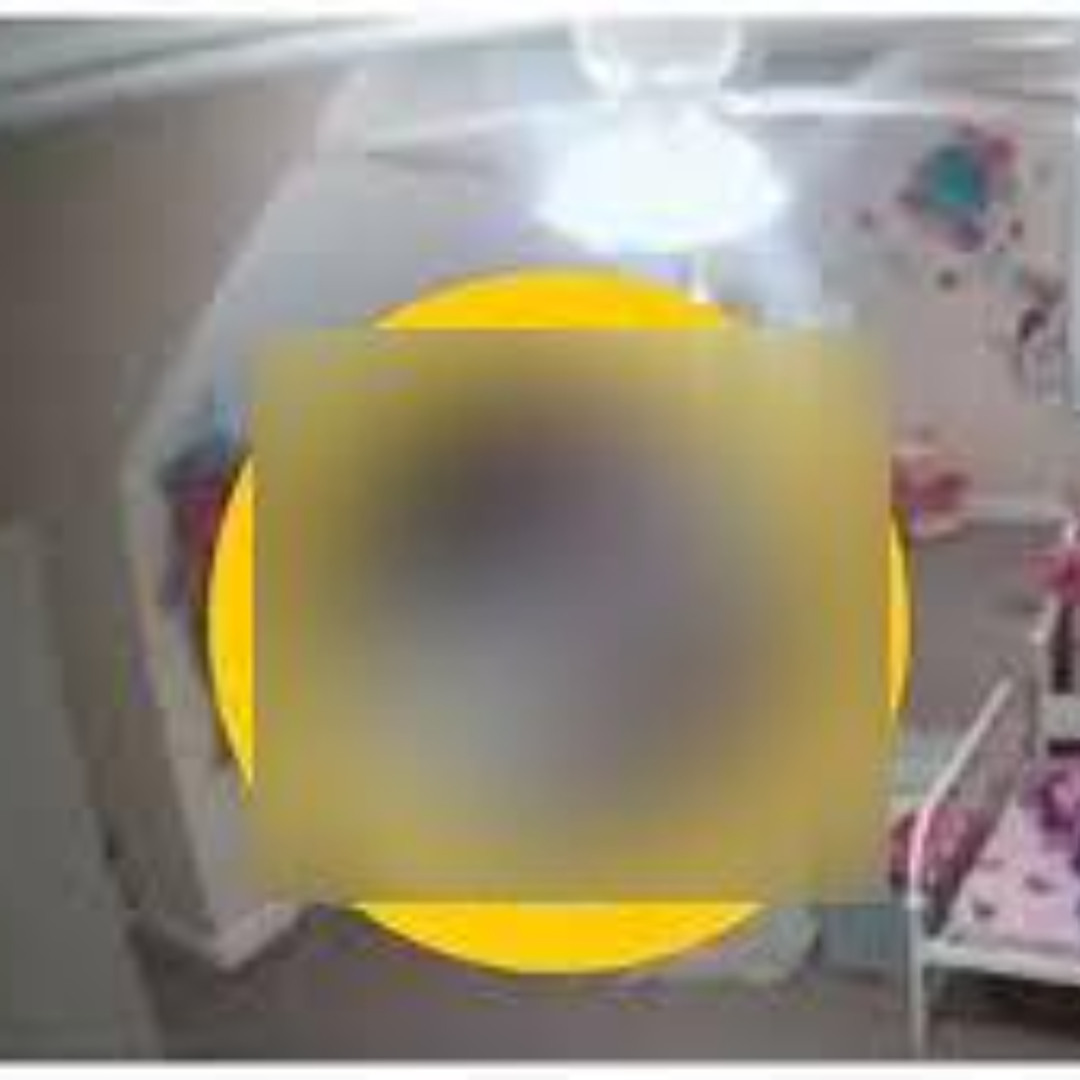Searching On CCTV: How To Find A Kid & Mother
In moments of crisis, when a loved one vanishes in a crowded space, the instinct to seek answers through surveillance footage is often overwhelming. The ability to effectively navigate and utilize this technology becomes paramount.
Imagine the scenario: a bustling shopping mall, a flurry of activity, and suddenly, a child and their mother are no longer within sight. The heart pounds, and the mind races, immediately turning to the network of cameras that might hold the key to their whereabouts. But how does one even begin to unravel the complexities of CCTV footage? Is it as simple as a push of a button, or does it demand a deeper understanding of the technology, the protocols, and the potential legal ramifications?
Heres a table with information regarding CCTV for the purpose of searching for a missing person.
| Category | Details |
|---|---|
| Purpose | Security, surveillance, and investigation, particularly for locating missing individuals. |
| Technology | IP cameras, central servers, hard drives, cloud storage, AI-driven analysis tools, facial recognition, behavioral analysis, geolocation mapping. |
| Types of Cameras | Dome cameras, bullet cameras, PTZ (Pan-Tilt-Zoom) cameras, thermal cameras. |
| Legal Considerations | Privacy laws vary by country; consent generally required unless used for security purposes. Involvement of law enforcement may be needed for access to footage. |
| Steps to Locate | Identify last known location, contact authorities, access footage, analyze footage (features, clothing), follow the trail. |
| Challenges | Camera blind spots, low-quality footage, data overload, privacy concerns. |
| Solutions | Invest in high-quality cameras, use AI software, collaborate with security teams, stay informed on laws. |
| Advanced Techniques | Facial recognition, behavioral analysis, geolocation mapping. |
| Real-Life Examples | Locating a child in an airport, reuniting a mother and toddler through facial recognition, identifying a missing person through behavioral analysis. |
| Future Trends | Real-time alerts, enhanced image quality, integrated systems. |
| Recommendations | Stay informed about new technologies and advocate for responsible use of CCTV. Support laws that protect privacy while allowing for security. |
At its core, Closed-Circuit Television (CCTV) is a system meticulously designed to observe and record specific areas. These strategically positioned cameras serve as silent sentinels, capturing every nuance of movement and activity. This recorded data, often stored digitally, becomes invaluable for security purposes, providing a comprehensive record of events that can be reviewed and analyzed.
The operational mechanism of a modern CCTV system often involves Internet Protocol (IP) cameras. These cameras are connected to a central server, transmitting live footage that can be accessed remotely. The footage itself is typically archived on hard drives or cloud servers, ensuring accessibility when needed. However, the true power of CCTV extends beyond mere recording; it lies in its capacity for analysis. Advanced systems incorporate Artificial Intelligence (AI), enabling them to detect unusual behaviors or recognize specific individuals. This capability can significantly expedite the process of locating someone, turning a potentially overwhelming task into a more manageable one.
Varied Camera Technologies
It's crucial to understand that not all CCTV cameras are created equal. Their design and functionality are tailored to specific environments and intended uses:
- Full Hd Sexy Movies Everything You Need To Know Trends Production More
- Unveiling Metan Fox Erome What You Need To Know
- Dome Cameras: These are the quintessential cameras, often found in malls and offices. Their discreet design and rotating capabilities enable them to survey a broad area without drawing undue attention.
- Bullet Cameras: Characterized by their elongated, cylindrical form, bullet cameras are ideal for outdoor surveillance. Their weather-resistant construction makes them durable and reliable in various environmental conditions.
- PTZ Cameras: Pan-Tilt-Zoom (PTZ) cameras offer an unparalleled level of control, allowing operators to remotely adjust the camera's direction, tilt, and zoom. This feature is particularly useful for focusing on specific areas or tracking moving objects.
- Thermal Cameras: Thermal cameras detect heat signatures, making them exceptionally effective in low-light or no-light conditions. They can identify individuals based on their body heat, providing valuable insights in situations where traditional cameras might fail.
Familiarizing yourself with the types of cameras deployed in a given location can give you a reasonable expectation of their effectiveness in a search for a missing person.
In the event of a missing child and mother, CCTV's role expands beyond the practical. It emphasizes the critical importance of robust security systems in public spaces and underscores the need for heightened awareness among parents and guardians. Through understanding how these systems function, one can adopt preventative measures and improve the ability to protect loved ones.
Navigating the Legal Landscape
Before initiating a search involving CCTV footage, it's imperative to grasp the pertinent legal considerations. Privacy laws, which vary across different jurisdictions, typically mandate obtaining consent before using footage for any purpose other than security. In some instances, accessing certain footage may necessitate the involvement of law enforcement agencies.
Always familiarize yourself with local regulations to ensure that privacy rights are respected. Moreover, it's wise to inform the relevant authorities if there is any suspicion of wrongdoing. Law enforcement agencies possess the resources and authority to handle sensitive situations with the necessary diligence and expertise.
Implementing a systematic approach significantly increases the likelihood of a successful search. Here's a step-by-step guide:
- Pinpoint the Last Known Location: Establishing the last place the individuals were seen is the initial critical step, aiding in focusing the search on the most relevant cameras.
- Engage the Authorities: Alert local law enforcement about the situation. They are equipped to provide guidance and facilitate access to the necessary footage.
- Gain Access to the Footage: Collaborate with the designated security personnel to obtain the required recordings. This may involve reviewing footage from multiple cameras.
- Analyze the Visuals: Scrutinize the footage for distinctive features, such as particular clothing items or physical characteristics, that might help identify the individuals.
- Follow the Recorded Movements: Use the footage to track their progression, determining their last known location.
Remember, patience is a virtue when using CCTV footage, particularly in large or crowded areas. Maintaining composure and remaining focused are essential. Do not hesitate to solicit assistance if needed.
Enhancing Analysis Efficiency
Implementing the following tips can significantly improve the efficiency of your CCTV analysis:
- Utilize precise timestamps to identify specific moments.
- Look for patterns in movements or behaviors.
- Collaborate with anyone who might have seen the individuals.
- Maintain thorough notes on your findings.
These small steps can substantially influence your search efforts.
While CCTV systems provide a powerful tool for surveillance, they are not without their challenges. Common obstacles can include:
- Camera Blind Spots: Not all areas are covered by cameras, leaving gaps in the footage.
- Image Quality Issues: Older systems may produce grainy or blurry images, making identification difficult.
- Data Overload: The sheer volume of footage can be overwhelming, particularly when searching for a specific moment.
- Privacy Hurdles: Gaining access to footage might require legal clearance, which can delay the process.
Awareness of these challenges empowers you to strategize and find effective solutions more efficiently.
Strategies to Overcome Obstacles
Here are solutions to the common CCTV challenges:
- Invest in modern, high-quality cameras and recording systems.
- Utilize AI-powered software for accelerated footage analysis.
- Cooperate closely with security teams who are familiar with the system's operations.
- Stay abreast of local legal guidelines and regulations.
By addressing these challenges directly, you can enhance your chances of a successful search.
For those seeking to elevate their CCTV analysis, several advanced techniques are available:
Facial Recognition Technology: This advanced method employs AI to identify individuals based on facial features. It proves especially useful in crowded environments where manual analysis is impractical.
Behavioral Analysis: Some systems can detect unusual or distressed behaviors, which can expedite the process of locating missing individuals.
Geolocation Mapping: Combining CCTV footage with GPS data to create a map of the individual's movements. This provides a clear overview of potential locations.
These techniques require specialized software and expertise, but they can enhance search capabilities.
Here are a few real-world examples of CCTV's effectiveness in locating missing individuals:
- In 2019, a child was found safe after being located through CCTV footage in a busy airport.
- A mother and her toddler were reunited after security teams used advanced facial recognition to track their movements.
- Law enforcement used behavioral analysis to identify a missing person who was acting erratically in a public space.
These stories demonstrate the power of CCTV when used correctly.
The future of CCTV holds exciting advancements. Progress in AI and machine learning is making systems smarter and more efficient. Heres what to expect:
- Real-Time Alerts: Systems will notify authorities the moment something unusual is detected.
- Enhanced Image Quality: Cameras will produce clearer images, even in low-light conditions.
- Integrated Systems: CCTV will work seamlessly with other security technologies, creating a comprehensive safety network.
As technology evolves, so will our ability to use it for good. The key is to balance innovation with ethical considerations.
Preparing for the Future
To maximize the advantages of future advances, consider the following:
- Stay informed about new technologies and their applications.
- Support the responsible utilization of CCTV in public spaces.
- Advocate for laws that protect privacy while permitting effective security measures.
By staying proactive, we can ensure that CCTV continues to serve as a valuable tool for safety and security.



Detail Author:
- Name : Mrs. Elmira Dibbert V
- Username : mayer.pauline
- Email : jaylin76@langosh.biz
- Birthdate : 1992-08-29
- Address : 217 Hyatt Burg West Charles, SC 47155-4960
- Phone : 904.218.3586
- Company : Waters, Haag and Bergstrom
- Job : Occupational Health Safety Technician
- Bio : Debitis inventore ut natus magni labore. Aut id ut repellendus unde doloribus aut aut. Quasi magni in molestias et dolores est sed.
Socials
twitter:
- url : https://twitter.com/kenton_official
- username : kenton_official
- bio : Nihil eveniet molestiae eligendi expedita. Iusto tempore voluptatem beatae molestiae corrupti dolorem praesentium. Quia omnis in dolorem voluptate sit.
- followers : 355
- following : 149
facebook:
- url : https://facebook.com/kgreenholt
- username : kgreenholt
- bio : Architecto ea et repudiandae quo. Neque architecto nemo et quia ut nisi.
- followers : 6546
- following : 119
tiktok:
- url : https://tiktok.com/@greenholtk
- username : greenholtk
- bio : Et repellendus amet autem necessitatibus eos quisquam ipsam.
- followers : 6995
- following : 1004